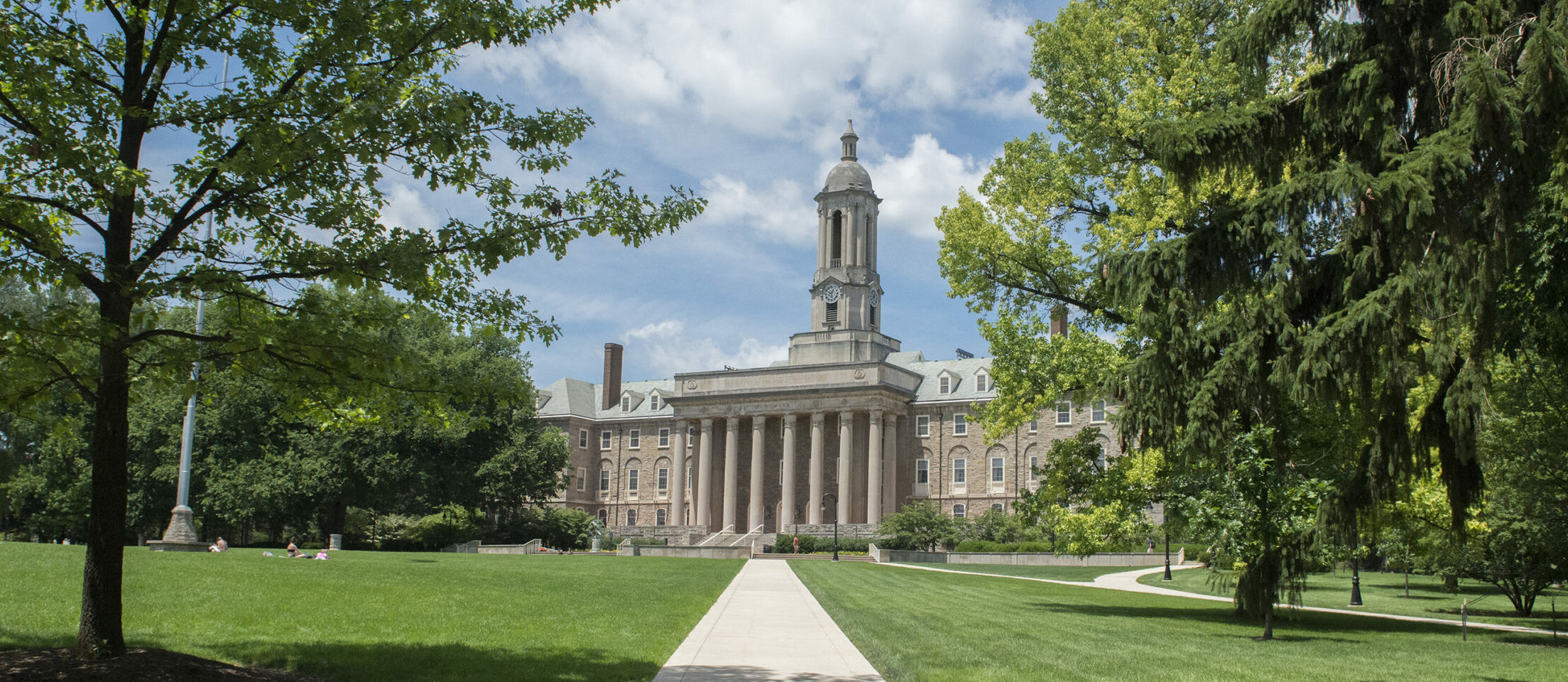Penn State and Lightsource bp start construction on one of the largest solar projects in Pennsylvania
Landmark project will provide the University millions of dollars in energy savings over its 25-year contract with Lightsource BP, while maximizing the sustainability impacts of solar farming
A unified mission
Penn State, consistently ranked as a top 25 research university in the United States, in partnership with Lightsource BP, a global solar leader, are breaking ground on a utility-scale solar project that can serve as a national blueprint for how to maximize the sustainability impacts of solar farming. On Sept. 6th, Pennsylvania’s Governor Tom Wolf joined Penn State and Lightsource BP executives and team members to celebrate this important project that advances energy and sustainability priorities for the University and the Commonwealth.
“When I came to office, I set out to build up our commonwealth’s energy portfolio, to diversify it and incorporate more clean, renewable sources,” said Governor Tom Wolf. “My mission to expand alternate energy sources has increased value to Pennsylvania’s solar energy credits and bolstered the development of new solar projects across the commonwealth. This resurgence of solar energy will help us make big strides in reducing our carbon footprint.”
“Penn State’s expertise and commitment to research has created profound opportunities for the University to address some of the most pressing economic, environmental and sustainable challenges of our time,” said Eric J. Barron, president, Penn State. “We are proud to partner with Lightsource BP on a project that will help the University meet our ambitious goal of lowering greenhouse gas emissions while also saving on our utility costs.”
One of the largest solar projects in Pennsylvania
Over 150,000 solar panels will be installed across three locations in Franklin County, on about 500 acres leased from local landowners. Lightsource BP will finance, build, own and operate the three solar farms, with Penn State purchasing all of the electricity generated under a 25-year power contract.
The project is estimated to save Penn State a minimum of $14 million dollars over the contract term through solar’s low cost of electricity, while meeting 25% of the University’s state-wide electricity needs. It will lower Penn State’s greenhouse gas emissions by 57,000 metric tons of carbon dioxide per year, the equivalent of taking 12,100 fuel burning cars off the road each year. It will also help further develop the Pennsylvania solar market and employ over 250 people during the construction period.
The 70-megawatt project further supports Pennsylvania’s goals to reduce greenhouse gas emissions by 26% by 2025, and generate electricity from solar in an effort to diversify the Commonwealth’s energy portfolio while increasing security with locally generated power.
Benefits beyond affordable, clean electricity
“Lightsource BP has a track record of building solar farms that enhance local biodiversity and agriculture, and we’re excited to partner with Penn State to further advance that model with our projects in Pennsylvania,” said Kevin Smith, Lightsource BP’s CEO of the Americas. “Utility-scale solar development can provide cost competitive solutions and spur rural revitalization while energizing cleaner and healthier communities.”
Penn State and Lightsource BP have formed an innovative partnership, with the goal of developing this project as a model that can be rolled out nationwide to expand the sustainable benefits of solar farming by:
- Strengthening rural economies, by creating local jobs in a new industry and providing farmers with an additional source of income.
- Building solar farms in a regenerative fashion, with a comprehensive approach that fosters biodiversity, improves soil health and includes co-located agriculture where it makes sense.
- Providing pollinator habitats that can help boost crop yields.
- Providing a living laboratory for students looking to gain real-world experience in designing solar farms that preserve and nurture the local environment.
“We’ve been farming all our lives, owning 60 cows at one point and growing corn, wheat, alfalfa, and barley on what has become 700 aces in Franklin County, southwest of Harrisburg,” said Glenn and Catherine Dice, landowners of one of the three project sites. “Now we’re leasing some of our land for solar farming and bringing a new kind of use for our land and producing another consumer product, solar energy.”
Related news & insights
03 Apr, 2025
Community hospital check presentation, job fair kick off Lightsource bp Jones City energy center in Jones County, Texas
Community partnerships in Texas
26 Mar, 2025
Lightsource bp solar project in Louisiana goes online, driving US manufacturing and local economic growth
180MW project in Louisiana




